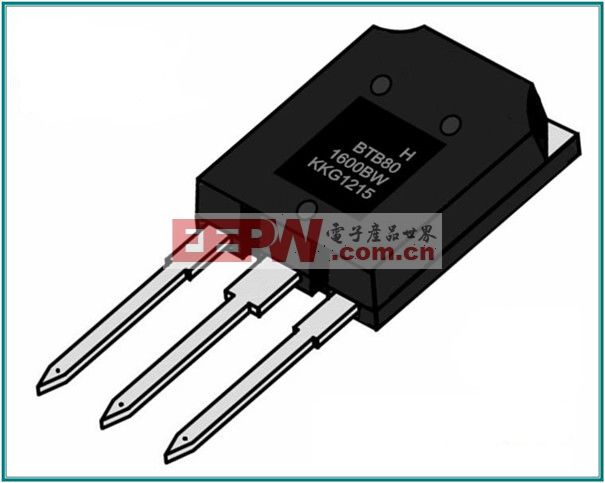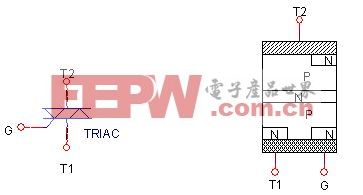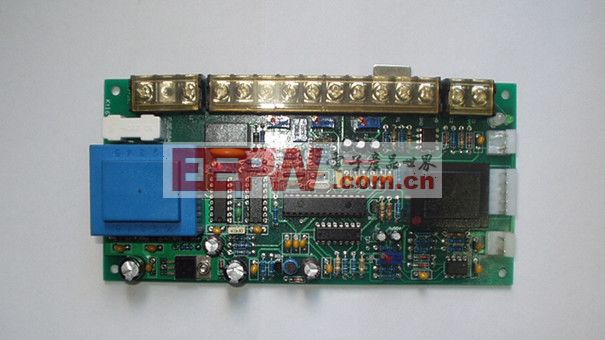Introduction: This article explores the working principle of the bidirectional thyristor, also known as TRIAC, and reveals some interesting facts about its name in English. Radisson and others are rushing to learn more — let's dive in!
First, the Working Principle of Bidirectional Thyristor – An Overview
The TRIAC (Triac) is a three-terminal semiconductor device that can conduct current in both directions. It’s essentially a bidirectional version of the traditional thyristor (SCR), making it ideal for AC switching applications. Unlike standard thyristors, which only work in one direction, a TRIAC can switch both positive and negative cycles of an AC signal, effectively replacing two SCRs connected in parallel but with opposite polarity.

Second, the Structure of Bidirectional Thyristor
A bidirectional thyristor has three terminals: T1, T2, and G. T1 and T2 are the main terminals, while G is the gate or control terminal. Depending on the voltage applied between the gate and the main terminals, the device can conduct in either direction. For example, if the voltage at G and T2 is positive relative to T1, then T2 acts as the anode and T1 as the cathode. If the voltages are reversed, T1 becomes the anode and T2 the cathode.
Once triggered by a signal at the gate, the TRIAC will conduct regardless of whether the voltage across its main terminals is forward or reverse. Without a trigger signal, it remains off. This makes it very useful in AC power control systems like dimmers, motor speed controllers, and heating elements.

Third, How a Bidirectional Thyristor Works
When a forward voltage is applied to the anode, the internal transistors (BG1 and BG2) begin to amplify the current. A trigger signal from the gate initiates this process. The base current of BG2 increases, which causes its collector current to grow exponentially due to the transistor gain (β). This current then flows into BG1, amplifying again, creating a feedback loop that drives the device into saturation. Once triggered, the TRIAC stays on until the current drops below a certain level called the holding current.
The TRIAC operates in two states: on and off. To turn it on, a sufficient gate current must be applied when the anode is at a higher potential than the cathode. To turn it off, the current through the device must drop below the holding current, or the voltage across the terminals must reverse.

Extended Reading:
English Name of the Bidirectional Thyristor
The official English name for the bidirectional thyristor is TRIAC, short for “Triac†— derived from “Triode for Alternating Current.†However, different manufacturers use various naming conventions. Some common alternatives include:
- BCR: Stands for “Bidirectional Control Rectifier.†Companies like Mitsubishi use this naming style, such as BCR1AM-12 or BCR8KM.
- BT: Represents “Bidirectional Triode,†reflecting the device’s three-terminal structure. Brands like STMicroelectronics and Philips use models like BT131-600D or BT136-600E.
These names may vary depending on the manufacturer, but they all refer to the same type of component: a bidirectional thyristor used for AC switching.
Here are some recommended articles for further reading:
- Working principle and schematic diagram of bidirectional thyristor
- Design and application analysis of bidirectional thyristor
- Principle and application of bidirectional thyristor structure
- Characteristics and usage of bidirectional thyristor
Whether you're a student, engineer, or hobbyist, understanding how a bidirectional thyristor works can open up new possibilities in your electronics projects. Keep exploring and stay curious! 🚀
3.7V Lithium Battery,Rechargeable Battery Pack,consumer rechargeable battery
Shenzhen Jentc Technology Co., LTD , https://www.phenyee.com